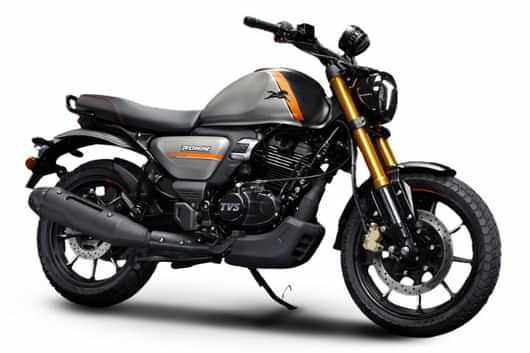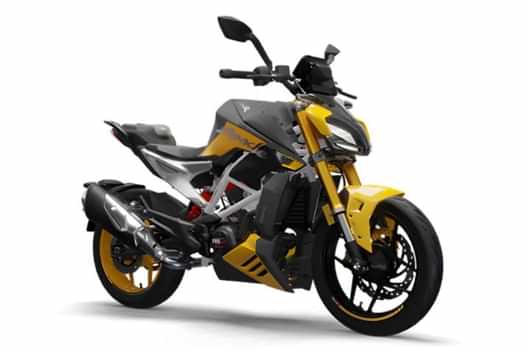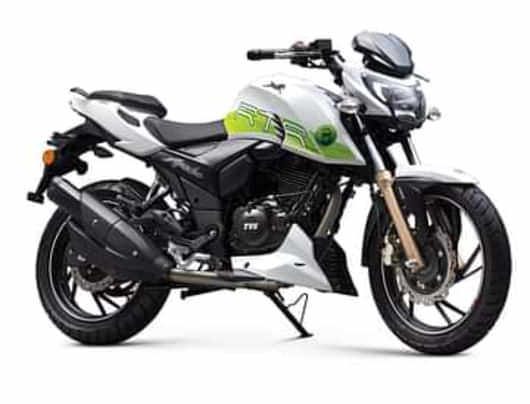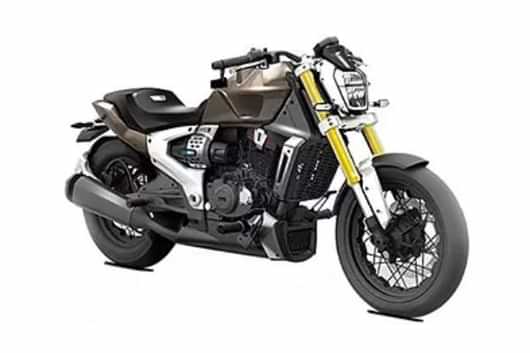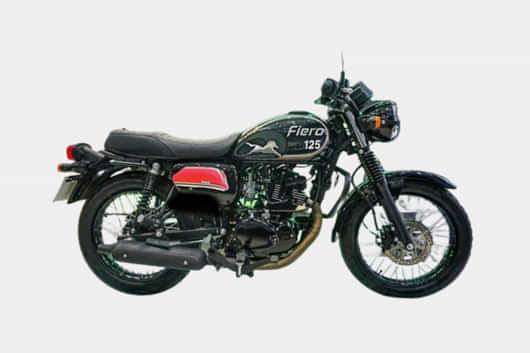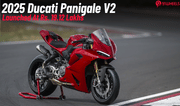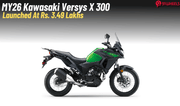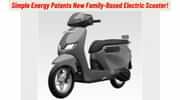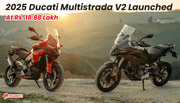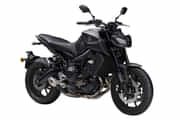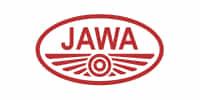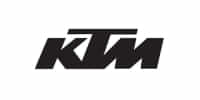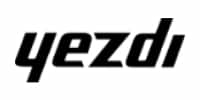
KEY HIGHLIGHTS
- The 2025 Apache RR310 comes with features usually unheard of in this segment.
- The Apache RR310 goes up against the KTM RC 390, Yamaha R3, and the Kawasaki Ninja 300.
- The Japanese motorcycles in this comparison are powered by twin-cylinder engines.
The TVS Apache RR310 receives yet another lease of life with the recent update, and the bikemaker has attempted to make it sharper and more committed than before. With just a major price hike despite the feature additions, this calls for an on-paper comparison, right?
Hence we've assembled the Apache's rivals from Austria and Japan. These include the KTM RC 390, Yamaha R3, and the Kawasaki Ninja 300. Before commencing this comparison, make sure to join the 91wheels WhatsApp Community to keep up with the latest news and automotive updates.
Also read: 2025 Kawasaki Ninja 650 KRT: Top Highlights You Need To Know
2025 TVS Apache RR310 Vs Rivals Details

It is important to understand that while the TVS and the KTM RC 390 are single-cylinder motorcycles, the Kawasaki Ninja 300 and the Yamaha R3 are powered by twin-cylinder engines. More importantly, the Ninja 300 has not received a significant update in a long time, while the Yamaha R3 sold here is an older-generation model.
Design

The TVS Apache RR310 has retained its core design with the 2025 update, and it continues to look familiar. While some might argue that it looks the same as it did back in 2017, the Apache RR310 is possibly due for a next-generation model sometime in the near future, although an exact timeline cannot be pinpointed yet. The latest model features a new Sepang Blue paint scheme inspired by the OMR race-spec bike, along with fairing-mounted winglets and 8-spoke alloy rims.

Tke KTM RC 390 received its current design back in 2022, and a third-gen motorcycle is under development, which is likely to make its debut sometime later this year. The current RC 390 looks quite sharp and stylish, and it comes with ergonomic improvements over the prevous motorcycle, such as adjustable handlebars, redesigned seats and a larger 13.7-litre fuel tank.

The Ninja 300 made its debut in 2013 as a replacement to the Ninja 250R, and since then there have been no changes to the design at all, with the exception of new paint schemes every now and then. Kawasaki is yet to update the bike for 2025, and globally there seems to be no plan for a major upgrade either.

The Yamaha R3 sold here is the previous-gen motorcycle, and it bears a lot of resemblance to the previous R15. The R3 comes in as a CBU, and there are two paint schemes on offer; Iconic Blue, and Yamaha Black.
Also read: 2025 Honda Dio 125 Pros And Cons; What's Good And What Could Improve?
Engine And Performance
| TVS Apache RR310 | KTM RC 390 | Kawasaki Ninja 300 | Yamaha R3 | |
| Engine | 312.2cc, single-cyl, liquid-cooled | 373.2cc, single-cyl, liquid-cooled | 296cc, parallel-twin, liquid-cooled | 321cc, parallel-twin, liquid-cooled |
| Power | 37.4bhp at 9800rpm | 42.9bhp at 9000rpm | 38.8bhp at 11000rpm | 41.4bhp at 10750rpm |
| Torque | 29Nm at 7900rpm | 37Nm at 7000rpm | 26.1Nm at 10000rpm | 29.5Nm at 9000rpm |
| Transmission | 6-speed | 6-speed | 6-speed | 6-speed |

Despite being a single-cylinder engine, the RC 390 puts out the most power and torque figures, which shouldn't be surprising considering how committed this motorcycle is. However, the fact that there are two twin-cylinder motorcycles in this list also has to be considered.
The RC 390 has the most amount of torque, which should help it tackle fast corners with ease. The Ninja 300 edges ahead of the Apache RR310, but its figures come in at much higher revs, and it is the oldest motorcycle here by a significant margin. The Yamaha R3 also follows a similar pattern with the second-highest output figures, but these also come in at much higher rpms when compared to the Apache and the KTM.
Also read: Honda Dio 125 Vs Hero Xoom 125; The Better 125cc Scooter?
Hardware
| Criteria | TVS Apache RR310 | KTM RC 390 | Kawasaki Ninja 300 | Yamaha R3 |
| Frame | Split trellis frame | Split trellis frame | Tubular, steel diamond-type | Diamond-type |
| Front Suspension | USD telescopic forks, fully-adjustable | WP Apex 43m USD telescopic forks | 37mm USD telescopic forks | USD telescopic forks |
| Rear Suspension | Gas-charged monoshock, fully-adjustable | 10-step adjustable monoshock | Gas-charged monoshock with 5-step preload adjustability | Monoshock |
| Front Brakes | 300mm petal disc | 320mm disc with radially-mounted calliper | 290mm petal disc | 298mm disc |
| Rear Brakes | 240mm petal disc | 230mm disc with floating calliper | 220mm petal disc | 220mm disc |
| Kerb Weight | 174kg | 172kg | 179kg | 169kg |
| Fuel tank | 11 litre | 13.7 litre | 17 litre | 14 litre |

The Apache RR310 is the only motorcycle in this list with fully-adjustable suspension on both ends, which makes it quite versatile for various kinds of riders. Not to forget it is also quite a hoot to ride when attacking the corners too. However, it is also the second heaviest motorcycle in this list, and it will be a fair bit difficult to move around at parking speeds.

The Ninja 300 has remained virtually the same bike since its launch, and it is the heaviest bike in this list. However, it has the largest fuel tank on offer, which could be useful over long distances. The RC 390 retains the WP Apex suspension setup, but misses out on adjustability at the front. However, that doesn't stop it from being a very potent bike around the track.

The R3 is the lightest in this list by a good margin, and we have toured on it extensively, which should highlight its capabilities as a long-distance motorcycle. Needless to say, you can also have a lot of fun with around the racetrack as well.
Equipment

The Apache RR310 is brimmed to the top with a bunch of features, and the latest additions include launch control, cornering engine braking control, a new race computer with support for multiple lagnuages, and sequential turn indicators. Additionally, it also comes with cruise control, a tyre pressure monitoring system and a bunch of rider aids such as cornering ABS, cornering traction control, rear lift-off control, wheelie control, slope-dependent control, and even cornering cruise control among other things.

The KTM RC 390 comes in second with things like a TFT instrument cluster with music streaming and call/SMS alerts, along with a quickshifter, adjustable handlebars, cornering ABS, traction control, and supermoto mode to deactivate ABS.
The Ninja 300 and the R3 aren't really equipped with that many features, save for dual-channel ABS, and the Ninja also packs in a slip-and-assist clutch among other things.
Verdict
While the KTM RC 390 still leads in terms of outright performance, the Apache RR310 aims to offer everything that is possible within a very approachable price tag. The Ninja 300 is simply too old to even be considered, while the R3 is for someone who wants a track-tool with daily usability without the interference of too many electronics.












